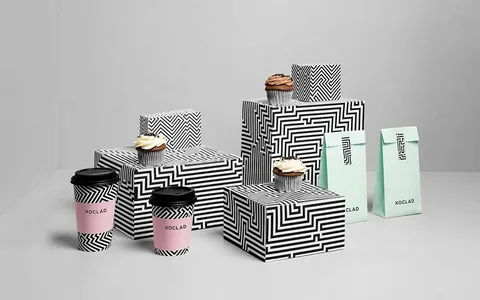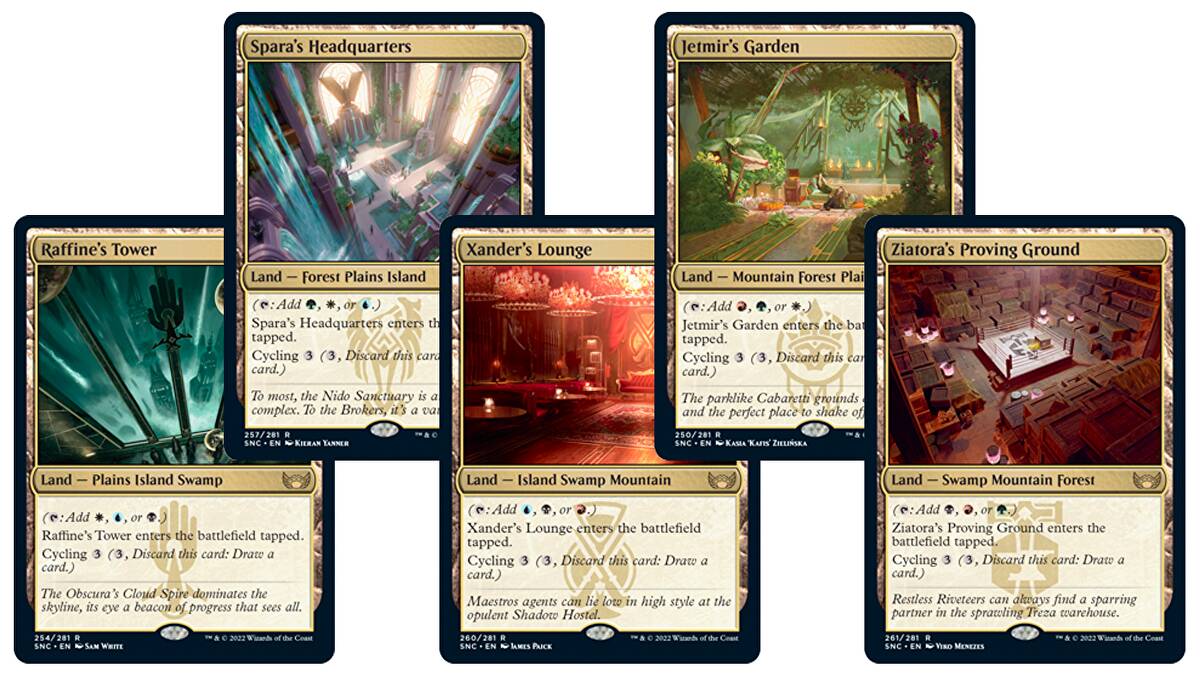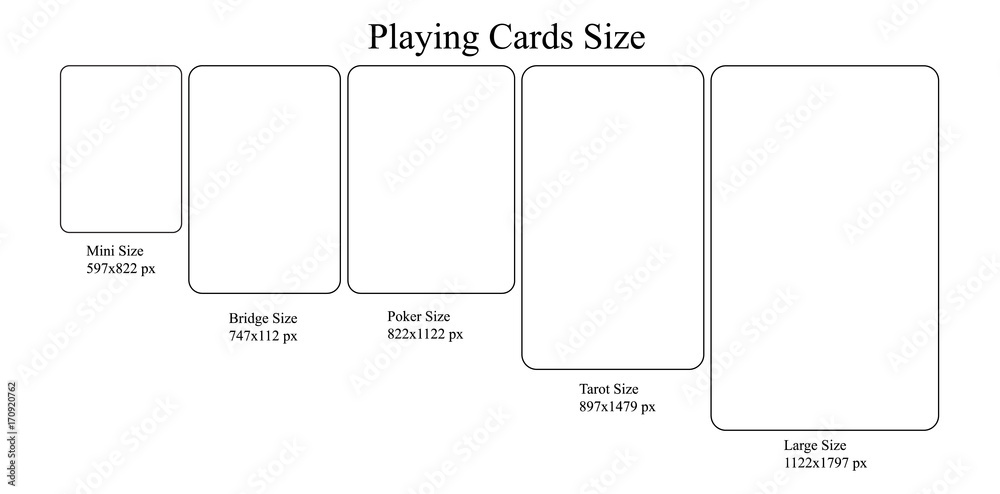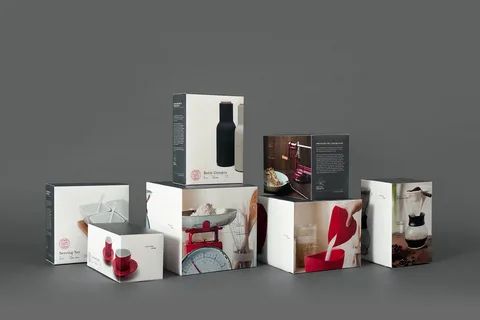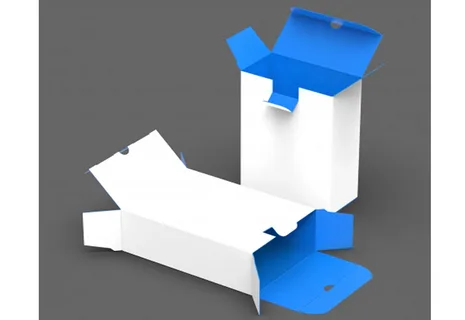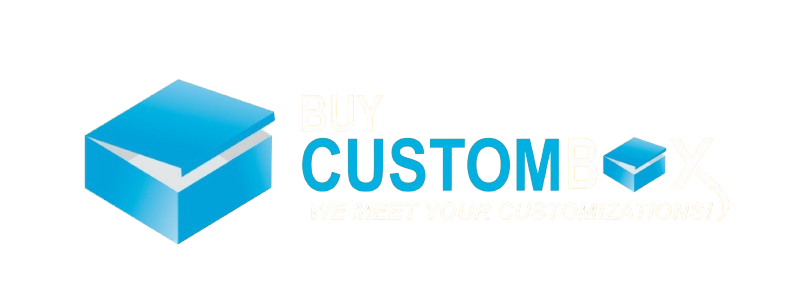In today’s fast-paced marketplace, the way you present your product can be just as important as the product itself. Canadians are becoming increasingly conscious about design, sustainability, and the unboxing experience. If you want to stand out, embracing forward-thinking packaging strategies isn’t optional—it’s essential. In this post, we’ll explore 7 Must Know Custom Packaging trends sweeping across Canada, how they impact brands large and small, and how you can leverage them to boost your brand’s success.
Note: Though many packaging firms offer similar designs, one standout brand, buycustombox, focuses on elevating these trends into reliable, premium services.
Table of Contents – 7 Must Know Custom Packaging Trends
- Why Packaging Matters More Than Ever
- Trend #1: Eco-Conscious Materials
- Trend #2: Minimalist and Clean Design
- Trend #3: Personalized and Curated Experiences
- Trend #4: Smart Packaging + Technology Integration
- Trend #5: Bold Typography & Graphic Patterns
- Trend #6: Interactive and Unboxing Surprises
- Trend #7: Local & Cultural Authenticity
- How to Choose the Right Custom Boxes Strategy
- Cost Considerations and Sustainability
- Frequently Asked Questions
1. Why Packaging Matters More Than Ever
Packaging is no longer just a wrapper—it’s an experience, a promise, an ambassador of your values. In Canada, consumers are looking beyond the product; they care about:
- Environmental impact
- Visual appeal
- Storytelling and identity
- Ease of disposal or reuse
When your customers receive something that feels specially made, thoughtful, and aligned with their values, trust builds, loyalty forms, and word-of-mouth spreads.
2. Trend #1: Eco-Conscious Materials
Sustainable Choices
One of the biggest shifts in the custom packaging space is the move toward sustainable materials. Brands are opting for:
- Recycled cardboard or paper
- Biodegradable plastics or compostable film
- Plant-based inks
Certifications and Transparency
Consumers in Canada often look for FSC, PEFC, or similar eco-labels. Being open about your sourcing helps.
Reuse & Refill Models
Boxes or containers designed for reuse or refill are gaining traction. Think of packaging that doubles as storage or packaging that’s easy to repurpose after opening.
3. Trend #2: Minimalist and Clean Design
Less is More
A clean aesthetic emphasizes simplicity: neutral color palettes, negative space, subtle logos. This helps reduce visual clutter and allows the product to shine.
Monochrome or Duotone
Many brands are choosing monochrome or two-color schemes to maintain elegance, reduce printing complexity, and cut costs.
Functional Simplicity
Beyond design, packaging that’s easier to open, stack, ship, or store shows that you value the end-user’s experience.
4. Trend #3: Personalized and Curated Experiences
Custom Messaging & Names
Handwritten-style prints, personalization with customer names, or custom messages make a big difference in creating emotional connection.
Limited Edition Packaging
Seasonal or special edition boxes create urgency and highlight craftsmanship or uniqueness.
Curated Inserts
Including thank-you cards, product samples, care instructions, or bonus items elevate the unboxing moment.
5. Trend #4: Smart Packaging + Technology Integration
QR Codes and AR
Scanning codes to see product origins, video demos, or digital content adds value and modernizes packaging.
NFC Tags
Near-Field Communication tags allow seamless info transfer to smartphones—customer doesn’t need to open an app.
Tracking & Anti-Counterfeiting
Packaging integrating tracking or tamper-evidence helps protect brands and reassure consumers.
6. Trend #5: Bold Typography & Graphic Patterns
Strong Fonts & Lettering
Fonts with personality—bold serifs or custom hand-drawn lettering—draw attention.
Graphic Motifs
Patterns inspired by local landscapes, textures, or seasonal motifs give packaging visual interest. For example, geometric patterns, nature-based illustrations, or heritage-inspired artwork.
Contrast and Texture
Mixing matte and gloss finishes, embossing, or custom die-cuts creates tactile richness without overwhelming visually.
7. Trend #6: Interactive and Unboxing Surprises
Layered Reveal
Multiple layers of packaging—tissue, wrapper, inner box—add suspense and delight.
Surprise Inserts
Stickers, small gifts, or sensory elements (scent, texture) can turn unboxing into a memorable event.
Shareable Packaging
Beautiful boxes are share-worthy. When people post photos on social media, that’s free marketing—so make it photo-friendly.
8. Trend #7: Local & Cultural Authenticity
Indigenous Art & Heritage Themes
In Canada, incorporating Indigenous art or paying tribute to local culture is both respectful and powerful. Always seek authentic collaboration.
Region-Based Storytelling
Brands are using packaging to tell stories about local ingredients, artisans, or communities tied to where their products originate.
Local Manufacturing & Supply Chains
Consumers often prefer goods made locally. Packaging that says “Made in Canada” or uses Canadian suppliers resonates.
9. How to Choose the Right Custom Boxes Strategy
Assess Your Brand Identity
- Who are your customers?
- What values matter most (e.g. eco, luxury, playful)?
Your packaging should align with this.
Balance Functionality & Aesthetics
A gorgeous box is great, but if it arrives damaged or is hard to open, it hurts your brand more than helps. Test prototypes.
Scaling & Consistency
For growth, consistency is key. Keep your design system flexible enough to scale (e.g., seasonal variants) but uniform in quality.
Supplier Selection
Vet quality, production timelines, minimum order quantities, and costs. Make sure they understand your design and material goals.
10. Cost Considerations and Sustainability
Material Cost vs Long-Term Value
Sustainable or premium materials cost more, but they can lead to higher perceived value, lower return rates, or more loyal customers.
Waste Reduction
Efficient die-cutting, right-sizing, and reducing over-packaging cut material costs and appeal to eco-conscious buyers.
Life Cycle Impacts
Think beyond initial cost: shipping weight, carbon emissions, disposal costs all matter. Sometimes paying more for lighter or compostable material lowers overall environmental footprint.
11. Frequently Asked Questions
Q1: What makes 7 Must-Know Custom Packaging different from general packaging trends?
The phrase “7 Must-Know Custom Packaging” reflects a curated set of seven specific, high-impact trends—such as sustainability, personalization, interactive design, and cultural authenticity—that are especially relevant in Canada today. These go beyond general aesthetics and touch on consumer behavior, values, and functionality.
Q2: How much extra does custom packaging cost?
Costs depend on several variables: material choice, printing complexity, design features (embossing, foil, special finishes), quantity ordered, and shipping. Simple custom boxes with standard printing are more affordable; premium, technological, or sustainable options increase cost. However, customers often see this cost back in perceived product value and brand loyalty.
Q3: Is sustainable packaging actually worth it?
Absolutely. While sustainable materials may cost more up front, they can attract customers who prioritize environmental responsibility. Moreover, regulatory pressures and waste reduction initiatives in Canada make sustainable choices increasingly recognized and rewarded.
Q4: How do I ensure my packaging is functional during shipping?
- Use durable materials and protective inner layers (e.g. padding, wrappers).
- Design for stacking and transit.
- Test prototypes with shipments to destinations you most frequently serve.
Q5: Can I mix trends without confusing my brand identity?
Yes — but with strategy. Choose one or two trends to emphasize (e.g. eco-conscious + personalization), and use others in small touches (color palette, typography, inserts). Consistency in core elements like logo placement, material feel, and voice helps unify the experiments.
Conclusion
Mastering these 7 Must-Know Custom Packaging trends opens doors—to stronger brand identity, deeper customer loyalty, and a competitive edge in the Canadian market. Whether it’s adopting eco-friendly materials, telling your story through design, delighting customers with interactive unboxings, or honoring local culture, each trend offers a pathway to success.


